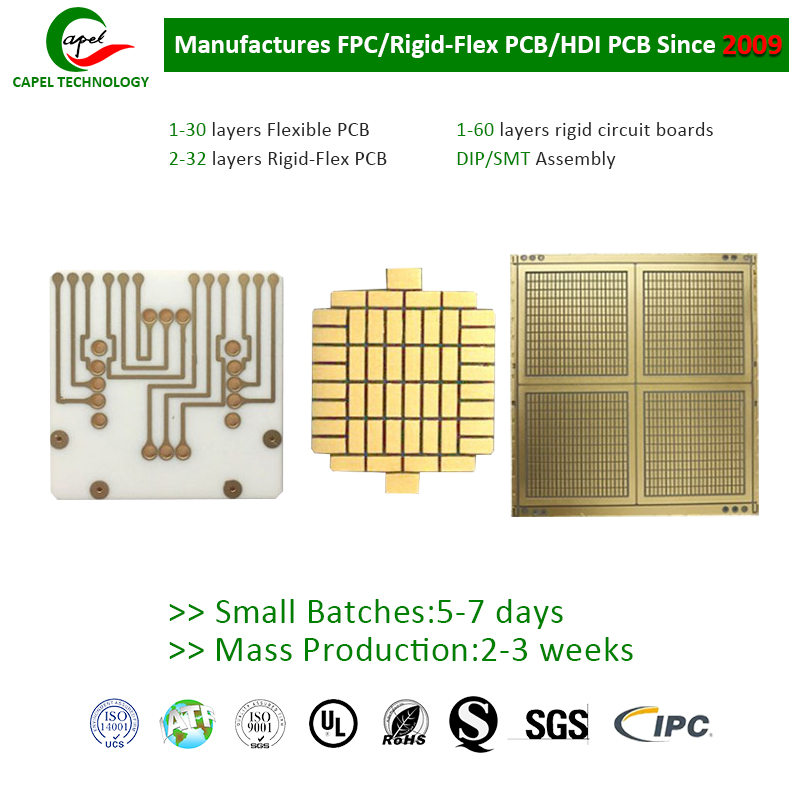In this blog post, we will discuss various methods for controlling the thickness of these substrates during production.
Ceramic circuit board substrates play a vital role in the manufacturing of electronic devices. These substrates provide a stable foundation for electronic components and help dissipate the heat generated during operation. Controlling the thickness of ceramic circuit board substrates is critical because it directly affects the performance and reliability of electronic devices.
1. Material selection:
The selection of ceramic circuit board substrate material is a key factor in controlling thickness. Different materials have different shrinkage rates during production, which affects the final thickness. Materials must be selected with consistent shrinkage characteristics to achieve uniform thickness. Conducting thorough research and working closely with material suppliers will ensure that the right materials are selected.
2. Process parameters:
Production process parameters play an important role in controlling the thickness of ceramic circuit board substrates. Variables such as temperature, pressure and time require careful optimization. Firing temperatures should be precisely controlled to avoid uneven shrinkage, resulting in thickness variations. Maintaining consistent pressure and time during the pressing and firing stages of production helps achieve a uniform and controlled thickness.
3. Mold design:
The design of the mold used in the production of ceramic circuit board substrates is critical to controlling thickness. The mold should have definite dimensions and a proper venting system to ensure even distribution of the clay material. Any inconsistencies in the mold design can result in thickness variations. Computer-aided design (CAD) software and simulation can help create precise mold designs that meet required thickness specifications.
4. Quality control:
Implementing strict quality control measures throughout the production process is critical to ensuring consistent thickness. Regular inspections should be carried out at every stage of production to identify thickness deviations. Automated measurement systems can be used to accurately measure and monitor the thickness of substrates, allowing timely corrective action to be taken. Additionally, statistical process control techniques can help analyze thickness data and identify trends for process improvement.
5. Operator training:
The expertise and skills of production operators also play a vital role in controlling the thickness of ceramic circuit board substrates. Providing comprehensive training to operators on the importance of thickness control and the specific techniques involved can significantly help achieve the desired results. Proper training ensures operators understand the importance of each production parameter and are able to effectively monitor and adjust them as needed.
6. Continuous improvement:
Thickness control should be viewed as an ongoing process rather than a one-time achievement. Continuous improvements should be made to enhance thickness control capabilities during the production process. Analyzing historical data, monitoring industry trends, and incorporating technological advancements can help improve production processes and achieve tighter thickness control.
In summary
Controlling the thickness of ceramic circuit board substrates during the production process is a key aspect to ensure the performance and reliability of electronic devices. Through careful material selection, optimization of process parameters, proper mold design, strict quality control measures, operator training and continuous improvement efforts, manufacturers can achieve the required consistent thickness specifications. By adopting these measures, electronic devices can perform optimally and meet growing technological demands.
Post time: Sep-25-2023
Back







